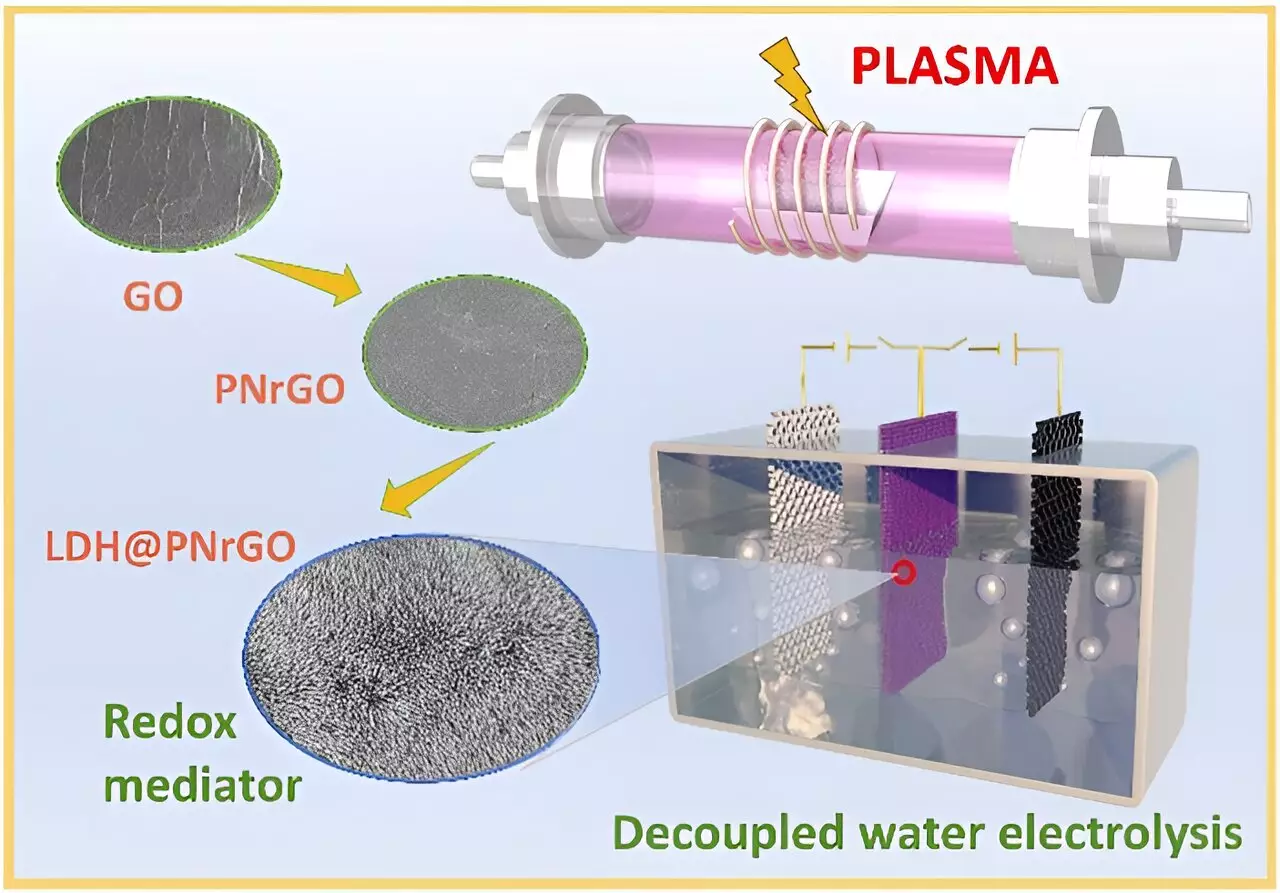Hydrogen production has emerged as a crucial factor in the global shift towards sustainable energy solutions. Recently, a team of researchers led by Professor Chen Changlun from the Hefei Institutes of Physical Science at the Chinese Academy of Sciences has made significant strides in enhancing the efficiency and stability of hydrogen production through innovative cobalt-doped nickel hydroxide bipolar electrodes. This breakthrough could address longstanding issues associated with traditional alkaline electrolyzers, particularly their inability to adapt to the fluctuating nature of renewable energy sources.
Critical Challenges with Traditional Electrolysis
Traditional alkaline electrolyzers have been hampered by several critical challenges, including inefficient matching with renewable energy sources and the challenges of hydrogen and oxygen mixing under high-pressure conditions. These limitations have restricted their application in practical settings, particularly in large-scale hydrogen production. The two-step water electrolysis, recently explored by the research team, offers a game-changing alternative. By fully separating the production of hydrogen and oxygen in both timing and spatial orientation—using bipolar electrodes—this method eliminates the need for costly membrane separators, leading to a more economical and efficient production process.
Innovations in Electrode Design and Materials
At the heart of the researchers’ advancements is the innovative design of bipolar electrodes. Traditionally, nickel hydroxide electrodes have demonstrated shortcomings, particularly in their electric buffering capacity and overall stability during charging and discharging cycles. The introduction of cobalt doping significantly bolstered conductivity and improved electronic storage performance while also mitigating the unwanted production of oxygen in the hydrogen generation phase.
Furthermore, the team didn’t stop at just enhancing the nickel hydroxide electrodes. They innovatively employed one-step electrodeposition methods to create flexible bipolar electrodes directly on carbon cloth, optimizing them for real-world applications. This innovative approach is expected to facilitate seamless energy transitions, proving vital for developing facilities like 5G base stations and data centers that rely heavily on consistent energy input.
The Role of Non-Noble Metal Catalysts
Another significant achievement of the team was the development of non-noble metal catalysts. By introducing molybdenum-doped nickel-cobalt phosphide and plasma-induced iron composite cobalt oxide bifunctional electrodes, they accomplished remarkable advancements in durability and catalytic activity. These catalysts enable hydrogen and oxygen production at different times and locations by merely reversing the current direction, resulting in reduced cell voltages and unprecedented levels of decoupling efficiency.
Their efforts have not only highlighted the potential of low-cost materials but have also significantly impacted the energy conversion efficiency, bringing it in line with global performance metrics. This positions the two-step water electrolysis as a promising contender for large-scale hydrogen storage solutions, paving the way for a sustainable energy future.
Transforming Hydrogen Accessibility
The research underscores a turning point in hydrogen production technology, exemplified by the use of nitrogen-doped nickel-cobalt layered double hydroxides (LDH) and reduced graphene oxide/nickel-cobalt LDH electrodes. These advancements address previous issues related to capacity and conductivity, enhancing the overall stability and performance of the electrodes used in electrolysis.
The implications of this work extend far beyond laboratory findings; it represents a significant step toward making hydrogen a more accessible and viable energy source in practical applications. Each development feeds into the broader narrative of transitioning to a sustainable energy economy, highlighting the transformative potential of innovative materials and technologies in the race against climate change. As industries search for sustainable energy solutions, the insights gleaned from this research could well define the future landscape of hydrogen production and its role in powering our world in an eco-friendly manner.

